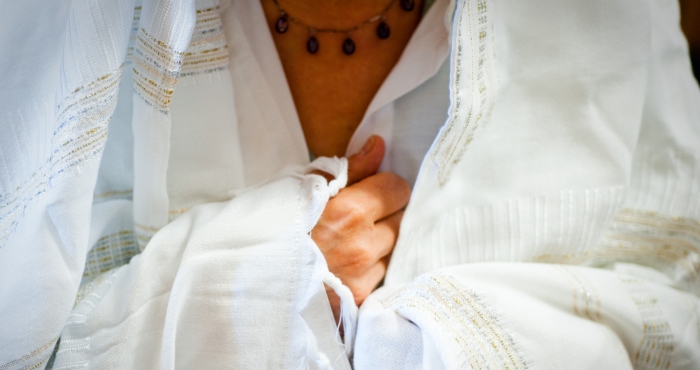
Yom Kippur, the Day of Atonement, falls ten days after Rosh Hashanah. When the Temple stood in Jerusalem, the High Priest effected atonement for the entire people through an elaborate ritual. Today, in the absence of the Temple, each of us stands, alone, together, naked as it were, before God. Yom Kippur is the dramatic culmination of the entire season of teshuvah, repentance. On Yom Kippur, Jews abstain from eating, drinking, bathing, sexual relations, and the wearing of leather (a sign of luxury) for 25 hours. Jews dress in white and traditionally spend most of the day in synagogue.
A prayer to be said when a parent feels tried by the job of parenting
A Yom Kippur prayer that mourns those lost in the Holocaust
A variety of candle lighting blessings, traditional and modern, for holidays
A possible comfort for one who shouldn’t fast due to health
Some find the Yom Kippur liturgy, with its litany of sins, onerous, particularly for women. This text serves as a counterpoint to the traditional Al Het (confession) affirming our goodness alongside our sins.
A prayer based on traditional texts which address God as Shekhinah
Adds biblical women to the list of biblical men in this traditional prayer
An inclusive version of this traditional Selikhot (penitential) prayer
Join us for a special event with the acclaimed writer to learn, write and ask your questions.
Great for devoted readers, seasoned writers and those interested in storytelling!
Subscribe for the latest rituals, online learning opportunities, and unique Judaica finds from our store.